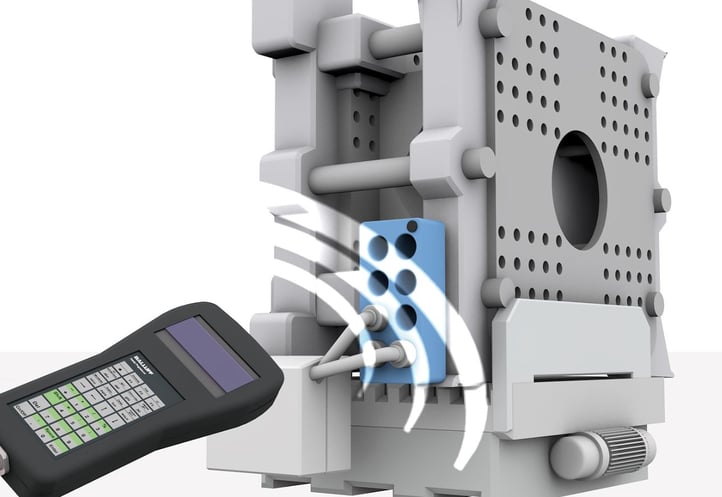In today’s highly competitive automotive environment, it is becoming increasingly important for companies to drive out operating costs in order to ensure their plants maintain a healthy operating profit.
Improved operational efficiency in manufacturing is a goal of numerous measures. For example, in Tier 1 automotive parts manufacturing it is common place to have equipment that is designed to run numerous assemblies through one piece of capital equipment (Flexible Manufacturing). In order to accommodate multiple assemblies, different tooling is designed to be placed in this capital equipment. This reduces required plant floor real-estate and the costs normally required for unidimensional manufacturing equipment. However, with this flexibility new risks are introduced, such as running the machine with incorrect tooling which can cause increased scrap levels, incorrect assembly of parts and/or destruction/damage of expensive tooling, expedited freight, outsourcing costs, increased manpower, sorting and rework costs, and more.
Having operators manually enter recipes or tooling change information introduces the Human Error of Probability (HEP). “The typical failure rates in businesses using common work practices range from 10 to 30 errors per hundred opportunities. The best performance possible in well managed workplaces using normal quality management methods are failure rates of 5 to 10 in every hundred opportunities.” (Sondalini)
Knowing the frequency of product change-over rates, you can quickly calculate the costs of these potential errors. One means of addressing this issue is to create Smart Tooling whereby RFID tags are affixed on the tooling and read/write antennas are mounted on the machinery and integrated into the control architecture of the capital equipment. The door to a scalable solution has now been opened in which each tool is assigned a unique ID or “license plate” identifying that specific tooling. Through proper integration of the capital equipment, the plant can now identify what tooling is in place at which OP station and may only run if the correct tooling is confirmed in place. In addition, one can then move toward predictive maintenance by placing process data onto the tag itself such as run time, parts produced, and tooling rework data. Collection and monitoring of this data moves the plant towards IIoT and predictive maintenance capabilities to inform key personnel when tooling is near end of life or re-work requirement thus contributing to improved OEE (Overall Equipment Effectiveness) rates.

For more information on RFID, visit www.balluff.com.
*Source: Mike Sondalini, Managing Director, Lifetime Reliability Solutions, Article: Unearth the answers and solve the causes of human error in your company by understanding the hidden truths in human error rate tables.
























